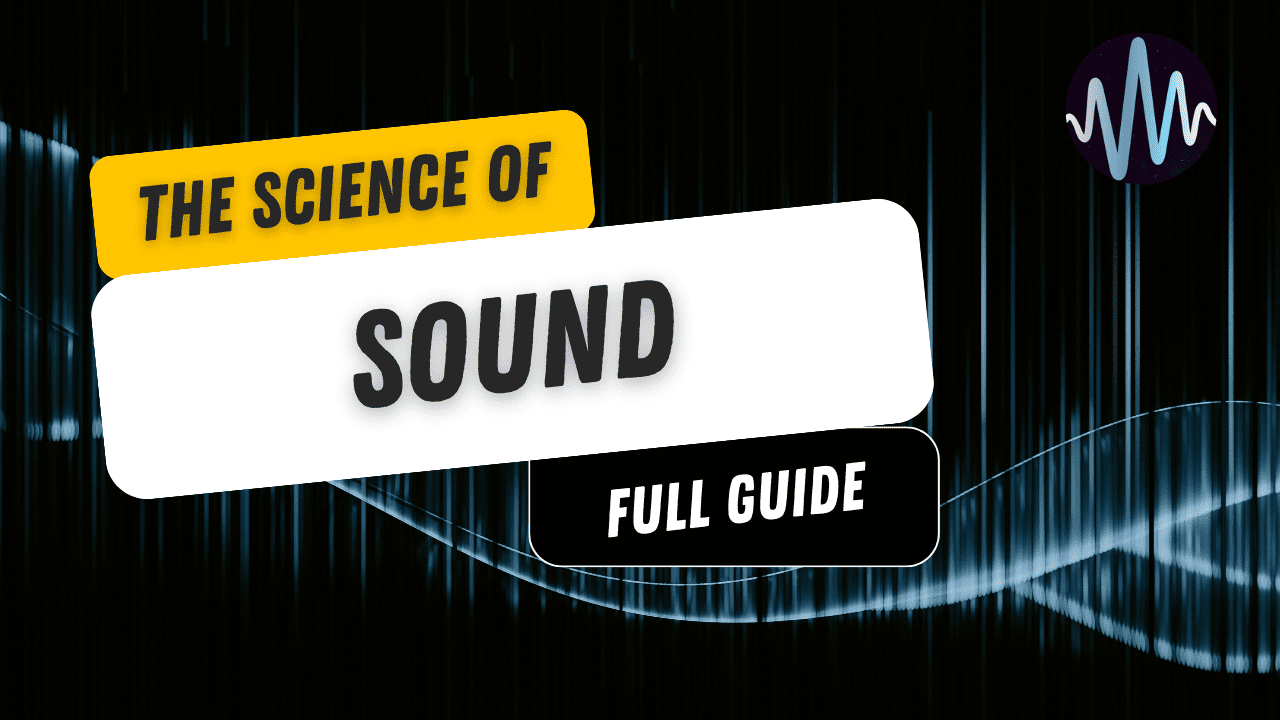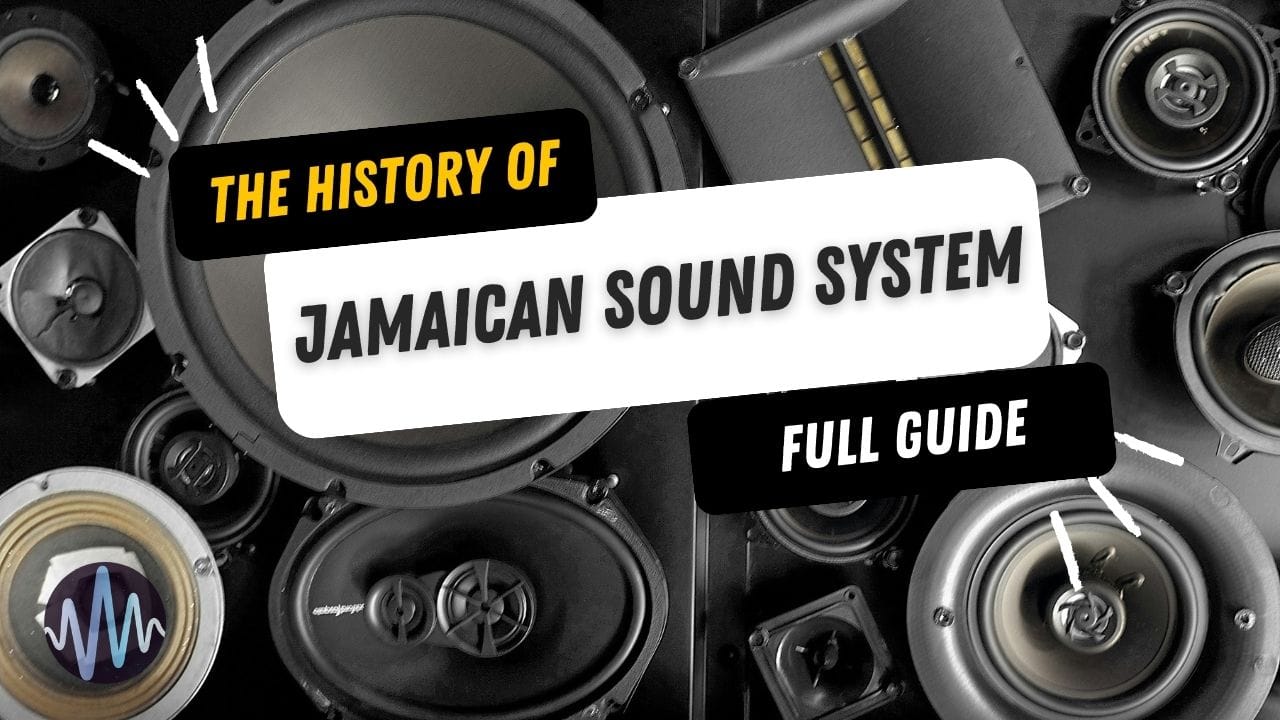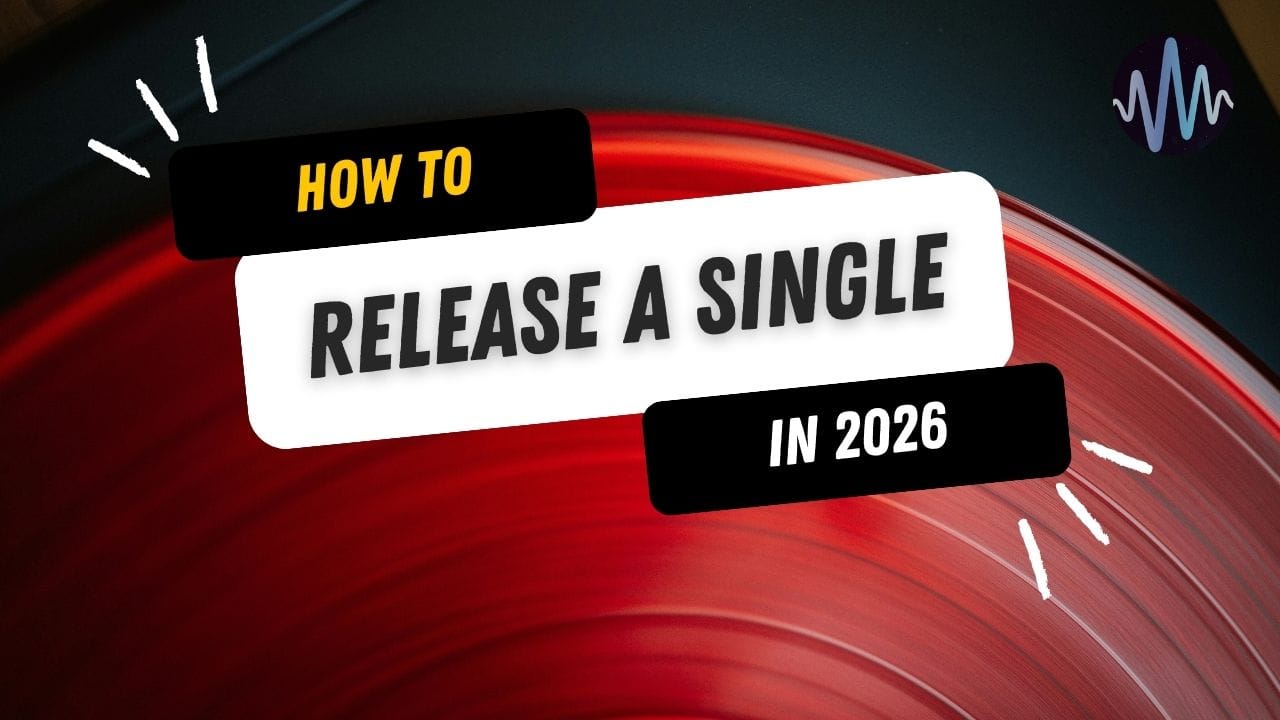
Ever cranked up a song and felt your mood transform almost instantly?
It’s no coincidence. Sound triggers emotional responses that can range from pure euphoria to deep melancholy.
Most of us have experienced how music can change our emotional state in seconds. The right track can pump us up before a workout, calm us after a stressful day, or transport us back to a specific time in our lives.
What's fascinating is how universal these responses are. Research has shown that certain components of music consistently evoke similar feelings across different people, irrespective of culture and background.
That’s why music is a universal language!
So, can we as producers build and replicate techniques that make music emotional? Absolutely.
Read on to learn more about the scientific basis of emotion in music and how you can harness it in your own projects.
How Music Creates Emotion
Before we break down the specific techniques, it's worth understanding that music's emotional impact happens on multiple levels simultaneously.
A song doesn't just make you feel something because of its lyrics or melody alone – it's the interplay of various elements working together to trigger responses in our brains and bodies.
That said, we can definitely zero in on a few well-known components of music that evoke emotion.
1. Through Musical Structure
Remember that time your favorite sad song came on and suddenly you were reaching for tissues? Or when an upbeat track had you dancing before you even realised your feet were moving?
It has much to do with structure, including rhythm, tempo, melody, and other factors. The fundamental factors at play here are:
Key signatures: Major keys are often associated with upbeat, joyful emotions. In contrast, minor keys tend to evoke sadness or introspection.
Tempo: Fast tempos generate energy and urgency (think Daft Punk's driving "Harder, Better, Faster, Stronger" at 123 BPM), while slower tempos create relaxation or contemplation (like Billie Eilish's "when the party's over" at 82 BPM).
Rhythm: Regular, predictable rhythms provide security and grounding, while irregular rhythms or time signatures create tension and unpredictability (think Radiohead's anxiety-inducing "Paranoid Android" with its shifting meters, or plenty of other Radiohead songs for that matter).
Radiohead brought muddle time signatures to 90s popular rock music
The divide between major and minor keys, in particular, is Music Emotion 101. Major keys generally evoke happiness, optimism, and brightness, while minor keys tend toward sadness, tension, or mystery.
It's why "Happy Birthday" sounds cheerful in major, but creepy when shifted to minor.
Happy Birthday in a minor key
However, the relationship isn’t always so clear-cut. Take Pharrell’s “Happy” — despite its upbeat energy, it’s actually in F minor. On the flip side, Adele’s “Someone Like You” is in A major, yet it’s deeply emotional and melancholic.
Tempo is more linear. High-tempo songs are proven to boost our mood and even physical exercise performance.
In one study, women listening to pop songs faster than 170 beats per minute put considerably more effort into exercise. Another found that listening to fast, lyrically-driven major-key music for 8 to 9 minutes demonstrably boosts happiness.
Slow music, conversely, naturally creates a more sincere or downbeat emotional aesthetic.
A modern tearjerker, the slow brooding tempo is key to "when the party's over" emotional power
We should also mention that chord progressions carry their own emotional signatures.
There's a reason the IV–V–I progression feels triumphant – it’s the musical equivalent of a victory lap, as heard in “We Are The Champions” by Queen.
In contrast, the I–V–vi–IV pattern underlies countless emotional pop ballads, lending a sense of longing and resolution, like in Let It Be by The Beatles or With or Without You by U2.
2. Through Frequency Ranges
Our bodies physically respond to different frequency ranges in specific, predictable ways. For example:
Infrasound: Infrasound – frequencies below 20Hz – can trigger fear, anxiety, and unease. Though only audible through high-end sound systems, producers use it to heighten tension. The first Paranormal Activity film was widely reported to have used infrasound to unsettle audiences.
Sub-bass (20- 60Hz): Creates physical sensations – literally felt rather than heard. This is where thriller movies create tension and EDM drops deliver body-shaking impact.
Bass (60-250 Hz): Provides warmth, foundation, and power. This range gives music its "weight" and often determines whether we perceive a sound as comforting or threatening.
Mid-range (500 Hz - 2 kHz): The emotional heart of music, where human voices live. Our ears are most sensitive to this range, so vocals cut through even dense mixes.
High frequencies (4 kHz - 20 kHz): Create clarity, brightness, and air. Too much can feel harsh or anxiety-inducing; too little makes music feel muffled and distant.
3. Through Color Associations
Here's where things get really interesting. 2013 research from UC Berkeley found that people consistently match certain musical qualities with specific colors – and these associations hold true across different cultures.
While clinical synesthesia – the automatic, involuntary blending of senses (e.g., hearing or seeing color when listening to music) – affects about 2-4% of the population, many researchers now believe we all exist somewhere on a spectrum of cross-sensory perception.
According to the Berkeley research, when people listened to classical music pieces varying in tempo and key, they consistently chose:
Bright yellow and orange colors for fast-paced music in major keys.
Dark, bluish-gray colors for slower music in minor keys.
These weren't random associations – researchers could predict with 95% accuracy how ‘happy or sad’ the colors people pick will be based on how happy or sad the music is that they are listening to.
According to UC Berkeley vision scientist Stephen Palmer, "The results were remarkably strong and consistent across individuals and cultures and clearly pointed to the powerful role that emotions play in how the human brain maps from hearing music to seeing colors."
Below is a scene from the 2009 film The Soloist that depicts the vivid, internally generated “light show” a street musician with synesthesia might experience while listening to Beethoven’s Third Symphony. See if the colors resonate with your own listening.
Most of us make these sound-color connections unconsciously, even if we don't literally "see" sounds.
When we describe music as "bright," "dark," "warm," or "cool," we're using visual and tactile language to describe auditory experiences – a mild form of synesthesia, some argue.
Producers and artists have leveraged these relationships for decades. Pharrell Williams, who experiences synesthesia, has described his production process as "trying to make music that sounds like a color."
In an interview in 2013, Pharrell was asked, “You're seeing colors when you're hearing sounds?”
He said, “Yeah. Now, to some people, it's like, "Oh, that's crazy." But let me explain something to you. You have no idea what you're seeing in your mind if you don't really take the time to talk about it.”
Electronic music pioneer Richard James (Aphex Twin) reportedly sees sounds as elaborate visual structures that guide his compositional choices.
Even Kanye West has described his production as visual: "everything I sonically make is a painting." Billie Eilish, Olivier Messiaen, Duke Ellington, David Bowie…the list of musicians who discuss some form of synesthesia goes on.
How to Apply These Principles
Whether you're creating music or building the perfect playlist, understanding how sound affects our emotions and sensory perception gives you powerful tools for expression.
Here are three strategies you can use in your own productions:
1. Emotional Sound Design and EQ
Some techniques for crafting specific emotional states are surprisingly straightforward:
For warmth and nostalgia: Use analog-style distortion, gentle high-frequency rolloff, natural decay sounds, and subtle vintage hiss.
For energy and excitement: Emphasize attack transients, maintain presence in the mid-range, create dynamic contrast, and keep rhythmic elements tight.
For calm and spaciousness: Employ longer reverbs, softer attacks, remove harsh frequencies, and leave breathing room between elements.
For environmental color: Incorporate natural sounds like bird calls (optimism), gentle winds (calm), water sounds (peace or power), or room tone (dimension).
The minimalist masterpiece "On The Nature Of Daylight" is very spacious with a warm, subdued frequency palette despite employing many stringed instruments
2. The Sound-Color Connection
The relationship between music and color perception follows consistent patterns:
Tempo & Key: Faster, major-key music strongly connects with bright yellows and oranges.
Mood & Color: Slower, minor-key pieces consistently evoke blues and grays.
Key Signatures: Specific keys have their own color associations. Many say C major often feels bright white or yellow, E major sparkles blue or green, while minor keys like A minor evoke deep blues and purples. Of course, this is very subjective.
Bass Frequencies: Bass-heavy content tends to trigger deeper color associations.
Treble Frequencies: Treble-rich content connects with lighter, more transparent colors (pale blues, whites).
While this might sound a bit academic, it opens up rich possibilities for worthwhile experimentation, especially if you're producing something meant to evoke a specific mood: a bright summer day, a dark starry night, a desolate dystopian cityscape, and so on
3. Frequency Manipulation
Instead of thinking about individual frequency bands, consider how different frequency balances create distinct emotional atmospheres:
Bottom-heavy mixes with pronounced low-end but controlled highs create feelings of power, intimacy, and immersion, perfect for hip-hop, R&B, and emotional ballads.
Mid-forward balances emphasize vocals and key melodic elements, creating directness and emotional connection - ideal for folk, indie, and lyric-driven music.
Treble-emphasized mixes with sparkle and air create excitement, alertness, and precision - effective for electronic, pop, and detail-oriented classical recordings.
Full-spectrum balance with careful attention to all ranges creates a sense of completeness and professional polish - the hallmark of well-produced music across genres.
The emotional impact comes not from boosting individual bands but from the relationships between different frequency ranges and how they support the musical content.
Want to know how low-end mixes evoke a darker mood? Look no further than minimalist 'bassweight' dubstep
Wrapping Up
The connection between sound, emotion, and color is a practical framework for understanding why certain music affects us so powerfully.
Whether you're a producer crafting the perfect emotional arc in a track, a film composer supporting visual storytelling, or simply someone who appreciates why certain songs hit you right in the feels, understanding the science behind sound can enrich your relationship with music.
Looking to experiment with these concepts in your own productions?
Sample Focus offers thousands of pads and atmospheric textures in our collection – from subtle ambient backdrops to evolving soundscapes that can help you create powerful emotional color in your tracks.
So the next time you hear a piece that moves you, pay attention to what you hear, what you feel – and maybe even what you see. It might surprise you!





Comments